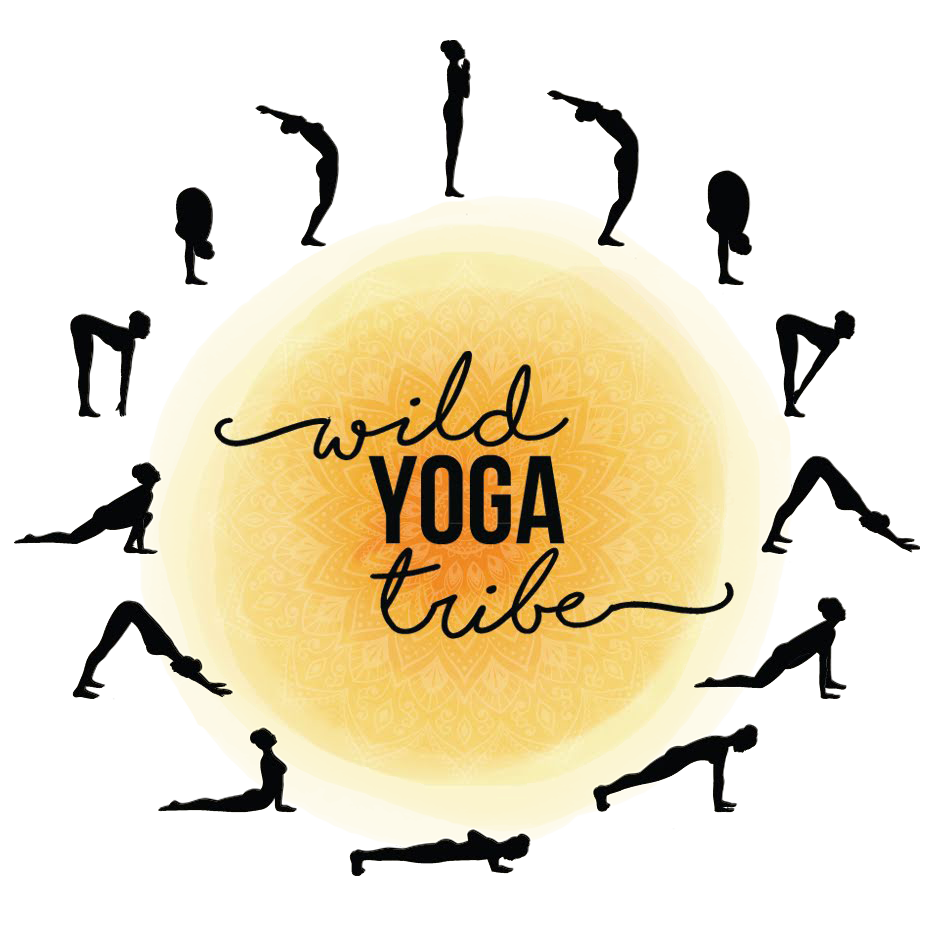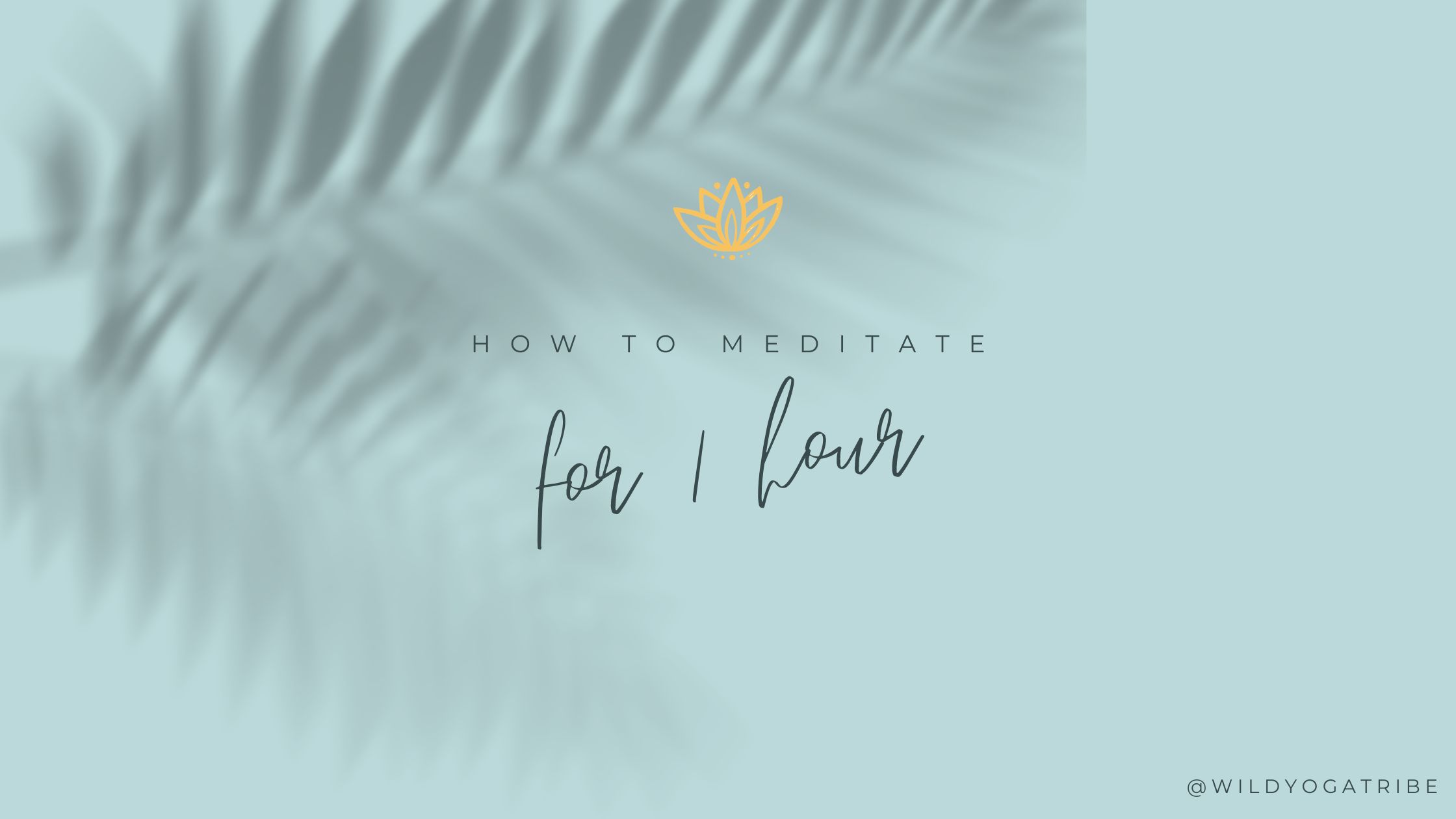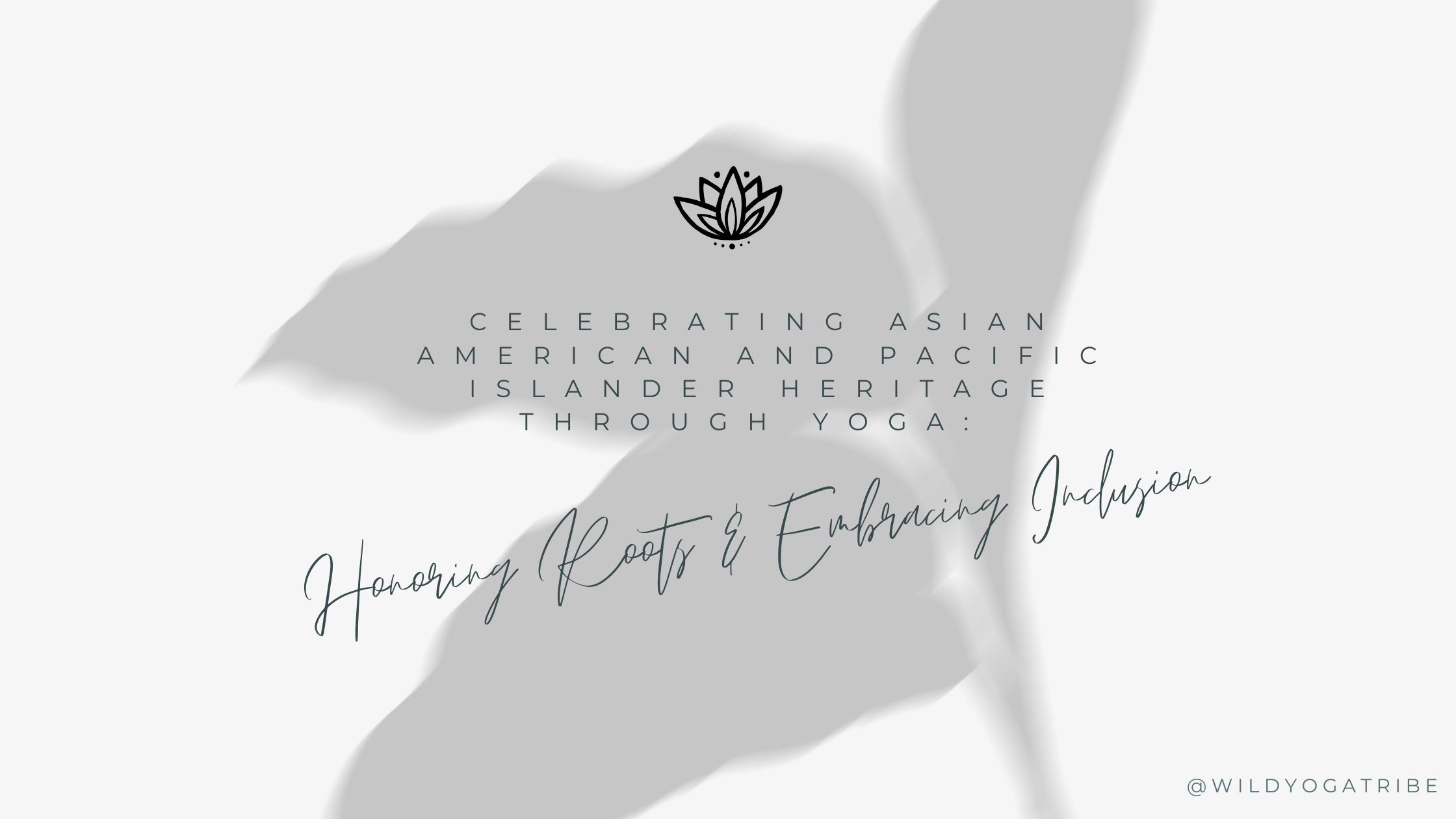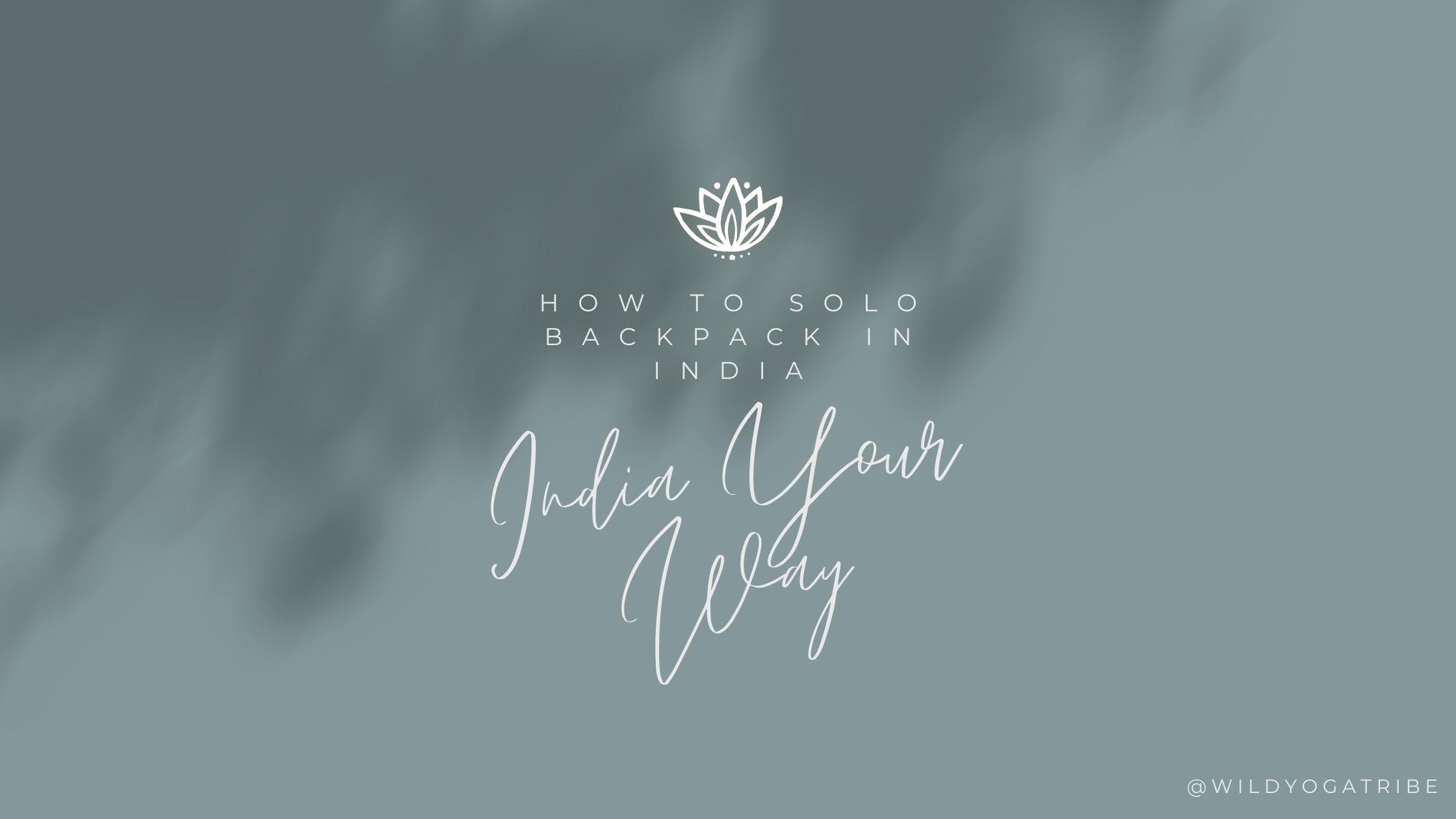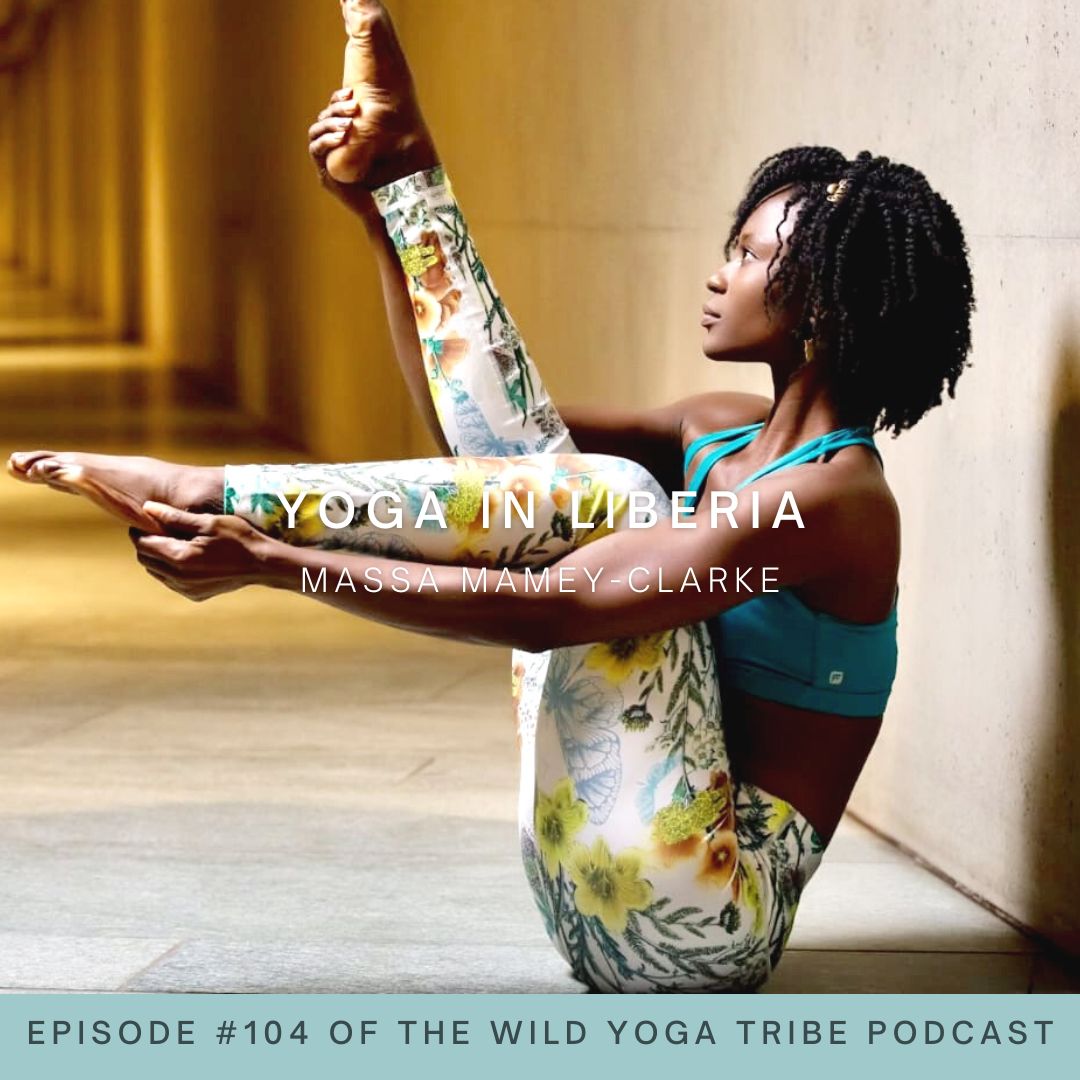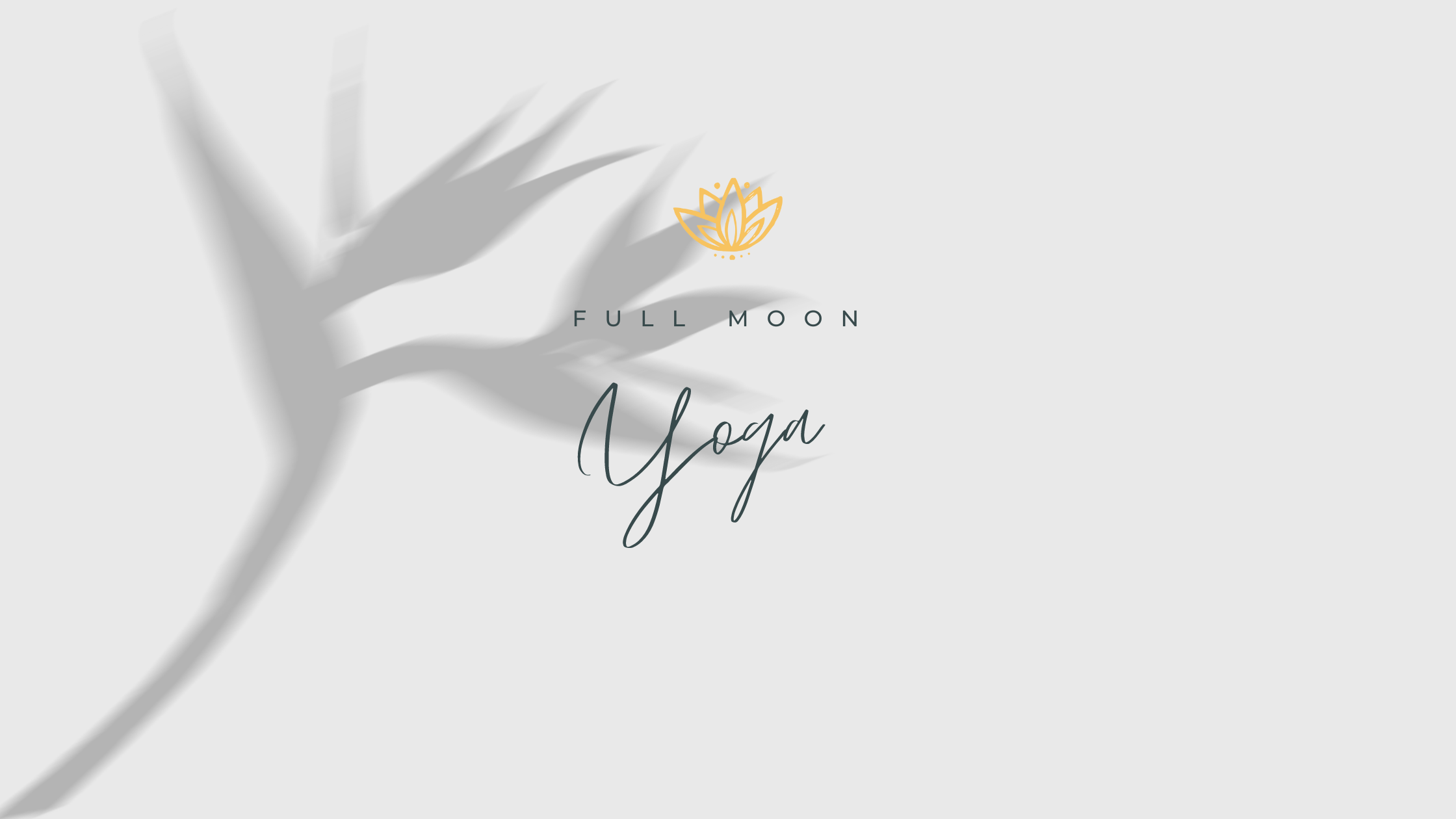
Full moon yoga allows for more stillness and inward focus on our intuition
“We honor duality in yoga, which can be reflected in the Sun and Moon. We also consider this masculine/feminine, yang/yin energy. In a sun practice, we do more active postures, such as sun salutations. When it’s a full moon, it’s a great opportunity to enjoy a moon practice, which could be a slower more reflective, and relaxing practice. When I teach yoga, I like to consider celestial events, the time of year, and other energies that might be affecting us and that inspire the practice. The full moon is a time to reflect on manifestation and what we would like to call into our lives. Rather than an active, sweaty flow, we can take on postures that allow for more stillness and inward focus on our intuition. Gentle heart openers, such as supported bridge pose, prepare the body and mind to embrace new ideas and opportunities”- Chel Rogerson. She received her training from SOYA Yoga. Connect With Chel Rogerson
Different yoga lineages honor the full moon in different ways
“The full moon affects the tides of the earth and some yogis believe that it can affect the energy levels of our bodies as well. Just like the earth, our bodies are 70% water. We may notice that we have extra energy (often nervous or anxious energy on the full moon) and this can impact our moods, our bodies, and our yoga practices. Different yoga traditions have different practices regarding the full moon. In Ashtanga yoga, you would not practice at all on the full moon. In the Tantra yoga tradition, you may perform kriyas (cleansing rituals) that let go of excess or stuck energy. Modern vinyasa, the style of yoga most popularly seen across the U.S., Canada, and Europe, is a mish-mosh of all kinds of practices and traditions do yoga teachers draw inspiration from the yoga lineages that suit them best. Personally, I do teach yoga classes on the full moon. In general, I would offer a yin class which is a very gentle type of yoga based on long-held stretches and a focus on letting go of tension. I’ll also look into the astrology of the moon’s position in the sky for the month and speak to those themes. For my personal practice, I’ll usually just listen to my intuition and my body and move accordingly. I rarely do vigorous practice on the full moon.” – Lauren Rudick. She received her training from Yoga Academy Internationa. Connect with Lauren Rudick
Full moon yoga is a time to rest
“The full moon can definitely impact your yoga practice, depending on the style of yoga you practice. For example, in Ashtanga (which I practice and teach), traditionally we don’t practice on ‘moon days’ (meaning both the full moon and new moon). This is because, energetically, we’re thought to be very affected by the moon’s movement (even biologically speaking this makes sense, as we’re around 60% water!). The full moon corresponds with an upward, expansive energy, which, if not balanced, can make us feel restless and ungrounded. As a result of too much energy, we’re also more likely to injure ourselves by overly pushing ourselves. So, in traditional Ashtanga, as I was taught by All Yoga, we rest on moon days. I encourage students to tune into their own bodies and what feels right for them. So you can try noting how you feel each month according to the moon’s cycle. Then have a look back over your notes and notice if anything changed – you might be surprised!”- Dr. Charlotte Hay. She received her yoga training from Ashtanga-Vinyasa Yoga with All Yoga, in Bali. Connect with Dr. Charlotte Hay
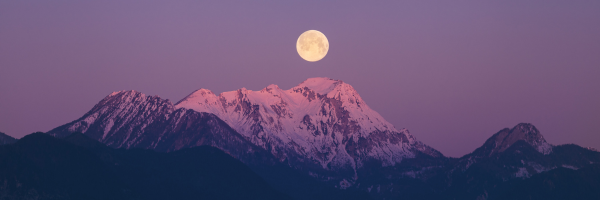
Full moon yoga is a time for releasing and forgiveness
“Yes, I do shift my practice and my classes during the full moon. Full moons are about releasing and forgiveness. I like to incorporate more twists, heart openers, and hip openers into my asana practice and classes to facilitate a deeper energetic release in the body. Each full moon falls within a different astrological sign and season. I focus on themes and body parts associated with signs and seasons to craft the sequence of my classes. Additionally, I will often include breathwork (pranayama) and/or focused meditations to reflect upon the season/astrological sign or the moon itself. For example, for a full moon in Pisces, I’ll incorporate poses that are associated with water (like matsyansana, fish pose), and poses that focus on the feet (like supta padangusthansa, reclining big toe pose).In my personal practice, I will do yoga as part of a larger full moon ritual. The breath and movement of my body during asana ready me for the rest of the ritual with involves things such as journaling, singing, and chanting. I keep things much more high level for my classes since most students are there for the asana, (physical)practice.” – Amy Sullivan. She received her training from Yoga Works . Connect with Amy: Aspire Zen with Amy Sullivan.
Full moon yoga reminds us to move with the rhythm of nature
“I change both my personal practice and the way I teach throughout the month as the moon goes through different phases. Yogis recognize as the moon is waning and waxing every day, it’s affecting the water element on earth so much. And the human body, especially the human brain is made of majority of water. It’s only natural as we move with the rhythm of nature with the cycle of the moon. During full moon time as the moon is shining brighter in the night sky to energize the mind, I do more releasing and heart-opening poses to let go of whatever no longer serves throughout the past four weeks and appreciate all the gifts and blessings I receive. I also find it helpful to do more grounding work as the mind gets more energized during a full moon.”- Susan Hu. She received her yoga training from the Bhakti Center . Connect with Susan Hu: Everyone’s Yoga
Full moon yoga reminds us to tune in to what our body needs
“Given the gravitational pull of the moon on Earth’s oceans, it is believed by some that a similar energetic effect occurs on the human body, as it is 70% water. The founding father of Ashtanga Yoga, Pattabhi Jois, interpreted this to mean that during a full moon, our bodies experience greater energy than usual, which may lead us to overexertion during asana practice (the physical practice of yoga). Therefore, Jois stipulated that in order to reduce the risk of injury, practitioners abstained from practice on this day, and instead focused on other less physically demanding limbs of yoga (breathwork, meditation, and so on). Personally, I frequently take this day to abstain from the physical practice of yoga (Asana) and instead focus on breathwork (Pranayama) and meditation (Dhyana). However, it really depends on the day. I will tune in to how I am feeling. If movement is what my body needs, then I see nothing wrong with practicing asana, but I do so mindfully, being sure not to overexert myself. For me, this frequently means that I will switch out a more dynamic practice for something slower like a restorative yoga practice (one that uses a lot of props to support the body and encourage deep relaxation). I may practice Yin yoga, but this can sometimes be emotionally challenging, so it really depends on the day. Also, This depends on the students in front of me, but generally, I will opt for a less dynamic practice – one that includes longer periods of breathwork (pranayama) and meditation (dhyana) than usual and some restorative poses towards the end of class. I know some teachers will substitute Sun Salutations for Moon Salutations (essentially a slower, less dynamic version), but as I teach mostly morning classes, sun salutations (perhaps at a slower pace and with greater emphasis on breath awareness) have so far seemed appropriate” – Ellie Smith. She received her yoga training from akasha yoga academy. Connect with Ellie: Ellie Smith Yoga.
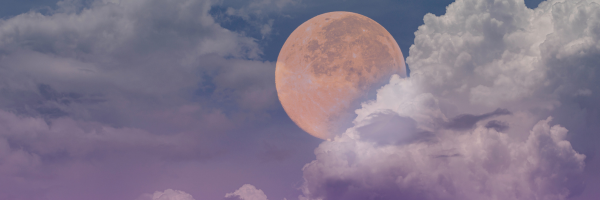
Full Moon Yoga
Full moon yoga can be a deeply enriching and introspective experience for those who practice yoga. As we’ve explored, many yoga practitioners believe that the energy of the full moon can enhance intuition, creativity, and spiritual exploration. This energy is said to be especially potent in the crown chakra, allowing for deeper levels of consciousness and self-awareness.
As Wild Yoga Tribe founder Lily Allen-Duenas suggests, full moon yoga can be a time of gentle movement and self-care. Rather than pushing oneself to the limit on the mat, practitioners can embrace a slower, more restful practice that honors the energy of the full moon and the energy that moves through each individual at this time.
Ultimately, the impact of the full moon on one’s yoga practice is unique to each individual. Whether you choose to engage in journaling, reflection, or more gentle yoga practice, the full moon can be a powerful time for self-exploration. By continuing to seek out the wisdom and guidance of inspiring yoga teachers, you can deepen your understanding of the full moon’s influence on your practice and cultivate a more meaningful connection with yourself and the world around you.
If you’d like to continue your journey of gathering more insight and expertise from yoga teachers from around the world— tune in to the Wild Yoga Tribe podcast.
